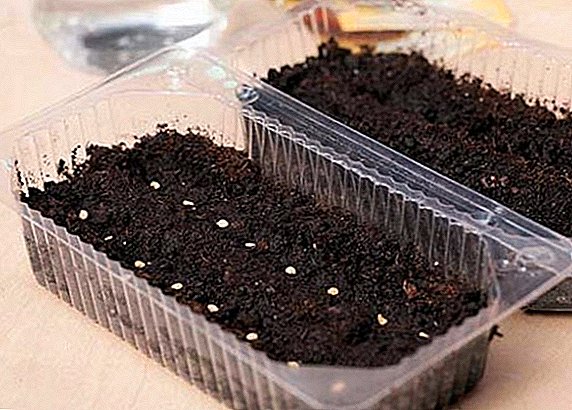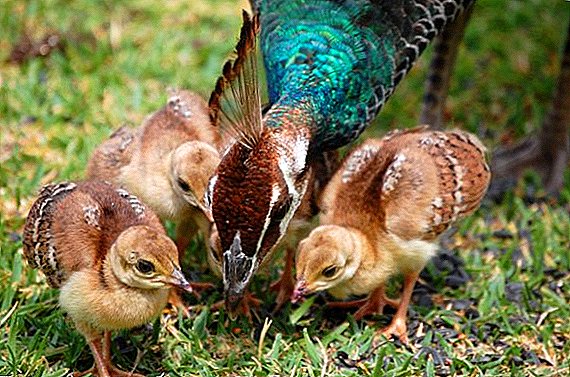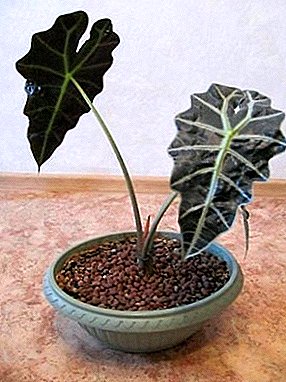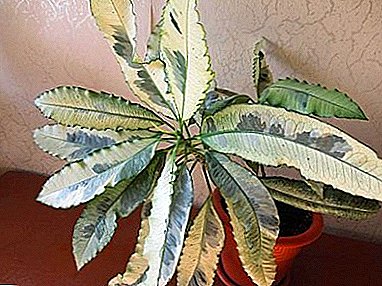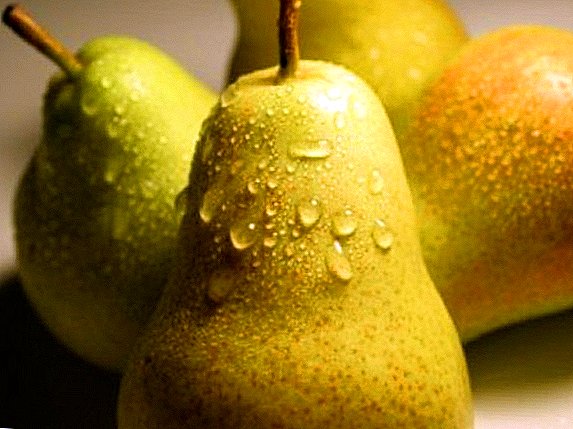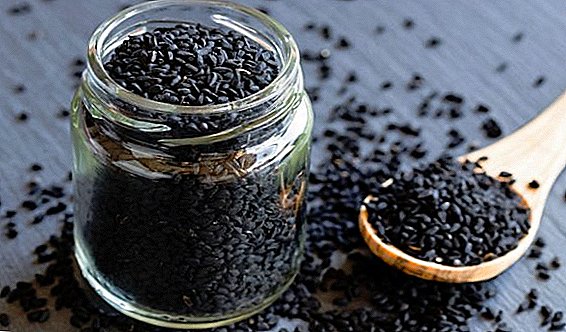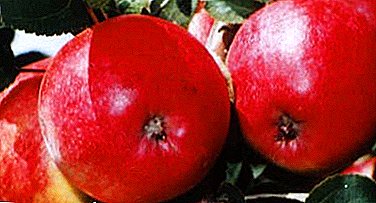
The perennial herbaceous fern tsirtomium is an ideal plant for a city apartment.
It is unpretentious and does not require complex care, tolerates heat well, is not afraid of drafts and is resistant to diseases.
The height of the circomium rarely exceeds 50-60 cm. The rigid and dense leaves (they are called the Vayi) resemble a large feather in shape.
They do not have a common stem and grow directly from the buds of rhizomes. A thick bunch of such "feathers" looks original and elegant, so the circtomium often used for decorative decoration of the house.
History of origin
Tsirtomium belongs to the Shchitovnikov family. There are a little more than 10 varieties, but the crescent-shaped cortomy has received the greatest popularity. Widely distributed in areas with a tropical and subtropical climate — Asia, India, Korea, Japan, etc. The characteristic shape of the leaves has led to the emergence of the popular names of a fern — in the territory of Great Britain it is called holly, holly, sacred fern. Cytromium crescent often called the fishtail fern.
Views from the photo
Tsirtomium belongs to the family of Thymus. Of the 12 species found in nature, the most widespread are:
- crescent;
- forchuna;
- carytoid;
- large-leaved;
- Hooker.
Crescent
It is the most popular among florists. It got its name due to curved and pointed leaves with jagged edges. His wide fronds reach a span of 20 cm.
The most famous is “Rochfordianum”, a cultural subspecies fern with smooth feathery leaves, growing to 50 cm.

Forchuna
The most cold-resistant view whose homeland is the forest areas of China and Korea. In countries of moderately warm climate, such as in Western Europe, he is able to winter through the open field, but needs shelter.
Forchun grows up to 50 cm in width and 40 cm in height, has narrow leaves with strongly pubescent central vein.

Cariotovid
Outwardly, little resembles an ordinary fern. It is characterized by short stalks, covered with gray-green scales. The leaves are large, spiky at the edges.
Photos of the Cytromium cariota-like subspecies:
Large leaf
The size of the large-leaved Circurium is fully consistent with its name. Fronds grow to 70 cm in length and 30 cm in width. They are formed by 4-8 pairs of "feathers", similar to ordinary leaves.
The apical unpaired leaf is noticeably larger than the others, the leaf plates have a rounded base and a pointed tip.

Hooker
Most rare view. The length of its light green leaves reaches 15 cm, its width is about 5 cm. The shape of the leaves is lanceolate. Vayi grow to 60 cm.

Home care
A mixture consisting of peat, humus, sphagnum and coarse sand will be suitable as a soil; it is not bad to add chopped pine bark to this composition. It is recommended to put a drain on the bottom of the pot.
Lighting
Bright illumination of circomium is contraindicated, with him, plant growth slows down.
Therefore, for a pot with fern, the window sill of a window facing north or any shaded place with diffused light is perfect. In the warmer months it can be a terrace or a balcony.
Temperature
All types are not very demanding on air temperature and are able to withstand its drop to + 5 ° С. The most comfortable for them are 20 degrees of heat. in spring and summer and 15-18 in winter.
Humidity
Due to the fact that dense leaves slowly evaporate moisture, fern is not dangerous dry air, but it must be regularly sprayed. Do it better with soft water. In extreme heat, it is recommended to put the pot on wet pebbles.
Watering and feeding
 During the period of growth, which lasts from May to October, tsitromium is required in abundant irrigation no more than 2-3 times a week.
During the period of growth, which lasts from May to October, tsitromium is required in abundant irrigation no more than 2-3 times a week.
In late autumn and winter, when growth stops, watering is reduced to a minimum.
In this case, the soil in the pot should not completely dry up, otherwise the plant may die.
To feed tsirtomium is more useful than organic fertilizers. Since its roots are extremely sensitive to soil saturation with mineral fertilizers, it is recommended to use a half-concentration solution.
Step by step instructions for planting and transplanting
 Circumcium transplantation is performed as needed when the roots fill the entire pot and begin to show from the drainage holes. As a rule, transplantation is required annually, the fern grows quickly and it becomes crowded. The plant is not demanding, tolerates a change of place and quickly adapts to new soils.
Circumcium transplantation is performed as needed when the roots fill the entire pot and begin to show from the drainage holes. As a rule, transplantation is required annually, the fern grows quickly and it becomes crowded. The plant is not demanding, tolerates a change of place and quickly adapts to new soils.
For transplanting you will need:
- Pot.
- Soil mix.
- A sharp knife (ideal stationery).
- Scissors.
The process takes place in several stages:
- Prepared for transplanting the plant should be carefully removed from the old pot. Be careful and careful - fern roots are gentle and easily broken.
- Remove excess soil from the roots and inspect them. The main secret of the successful landing of tsitromiuma - removal of damaged segments. Use a knife or scissors to remove the rotten and unnecessarily long shoots.
- Prepare a new pot. It should be wide, but have a small depth.
- At the bottom, form a thick drainage layer. As a rule, expanded clay is used for this purpose.
- Fill the tank with fern mix. It is made from peat, charcoal, sphagnum, sand and bark. Soil should be light and well ventilated.
- Dip the plant in a new pot and add soil mixture to it. Do not bury much of the roots of the plant. Note that the root collar remains above ground level.
- Water the transplanted plant.
Transplantation is best done at the very beginning of spring, until new fronds appear.
Breeding
Dividing bush
In early spring, the fern can be propagated by dividing its rhizomes so that each part has several points of growth.
Disputes
Cytromium can multiply by spores that appear in the fall on the lower part of the leaf. In order for reproduction to be successful, it is necessary:
- cut a sheet with spores and dry it in a paper bag;
- fill the tray with holes in the bottom with soil mixture and place in a container with water;
- carefully pour the spores into the soil;
- cover the tray with a transparent film, leave a slot for airing, put in a shaded place at room temperature;
- after spore germination (after a few weeks), the soil should be watered once every 2-3 days with soft water;
- after the appearance of several leaves, young sprouts seedlings.
Diseases and pests
 All types of Crtromium are sufficiently resistant to diseases. but when breeding at home, certain problems may arise.
All types of Crtromium are sufficiently resistant to diseases. but when breeding at home, certain problems may arise.
If the leaves turn yellow, brown spots appear on them, then the reason is a high air temperature and insufficient watering.
The leaves turn pale and wither, the reason - a bright light, direct sunlight.
The tips of the leaves acquire a brownish hue, new shoots do not grow, the reason is lack of nutrition.
Young leaves curl and fall, the reason - low temperature, strong drafts.
Pests are dangerous:
- shield;
- mealybug.
The shield collects cell sap, leaves start to turn yellow and fall off, the plant dies.
It is often necessary to inspect the surface of the leaves, regularly spraying.
The mealybug and its larvae feed on the sap of the plants, thereby slowing down their growth and development. Since the worm does not tolerate moisture, you can fight it with ordinary spraying. If there are a lot of pests, treatment with microbiological preparations should be carried out.
Generally, Cirtomium is excellent for indoor breeding. This unassuming decorative fern will decorate your house and will successfully fit into its interior.
Other indoor ferns include: Pelley, Pteris, Nephrolepis, Asplenium, Adiantum, Davallia, Blehnum, Salvinia, Polypodium, Platiserium, Uzzhnik and Grozdnik.



